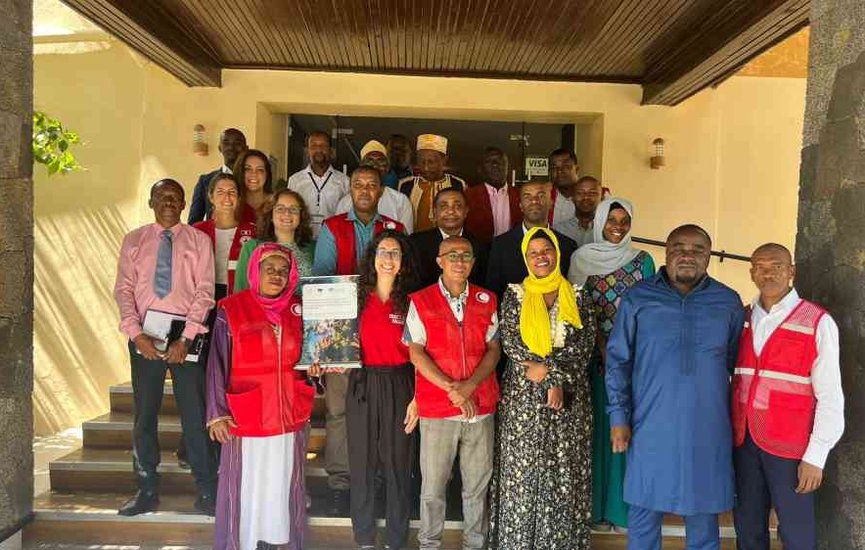Comoros is taking bold steps toward a safer and more resilient future with the launch of a comprehensive disaster risk reduction strategy. This initiative reflects a national commitment to protecting lives, infrastructure, and livelihoods from the increasing threats posed by climate change and natural disasters. The urgency of this strategy was underscored by the devastation caused by Cyclone Kenneth in April 2019, which resulted in significant loss of life, hundreds of injuries, and damages estimated at $186 million, equivalent to nearly 16 percent of the country’s GDP. In response, the government has prioritized long-term resilience through targeted recovery efforts and strategic partnerships with international development organizations.
Central to this strategy is the rehabilitation of 12 kilometers of climate-resilient roads in the Mtsangadjou–Foumbouni corridor, a region highly vulnerable to cyclones and coastal erosion. Supported by a $12.5 million grant from the World Bank’s International Development Association, this project aims to restore critical connectivity for approximately 13,000 residents. The roads are being constructed under the “Build Back Better” framework, incorporating engineering standards that account for future climate risks such as flooding and sea level rise. These upgrades not only improve access to essential services but also serve as vital evacuation routes during emergencies, reinforcing the country’s disaster preparedness infrastructure.
Beyond transportation, the strategy includes extensive housing reconstruction and neighborhood improvement programs. More than 70,000 people have already benefited from these efforts, with 55 homes rebuilt and the remainder scheduled for completion by November 2025. These initiatives are part of the broader Post-Kenneth Recovery and Resilience Project, which integrates climate adaptation with community development. The project emphasizes inclusive planning, ensuring that vulnerable populations are actively involved in shaping safer living environments.
Comoros remains acutely vulnerable to climate shocks, but this strategy marks a significant shift from reactive disaster response to proactive risk management. By investing in resilient infrastructure and empowering communities, the country is laying the foundation for sustainable development and long-term safety. The initiative is further bolstered by support from the Global Facility for Disaster Reduction and Recovery, aligning with regional and global goals for climate resilience. As climate threats intensify across the Indian Ocean, Comoros’ forward-looking approach offers a compelling model for other small island nations navigating similar challenges. Through strategic planning, international cooperation, and community engagement, Comoros is charting a path toward a more secure and sustainable future.
